Description
Caring for your Aglaonema
Native to the tropical forests of Southeast Asia, Aglaonema thrives in warm, humid conditions with filtered light. Its low maintenance nature makes it an ideal choice for beginner and seasoned plant enthusiasts alike. Simply provide moderate watering, ensuring the soil remains consistently moist but not waterlogged, and occasional fertilization during the growing season to promote healthy growth.
Light
Aglaonema prefers bright, indirect light. Direct sunlight can burn the leaves and cause damage to the plant. A north or east-facing window with filtered sunlight is ideal. If you notice the leaves turning yellow or brown, it may be a sign that the plant is receiving too much light.
Temperature
Aglaonema prefers warm temperatures between 60°F to 80°F (15°C to 26°C). Avoid exposing the plant to temperatures below 50°F (10°C), as this can damage the plant. Keep the plant away from drafty windows or doors.
Humidity
As a tropical plant, Aglaonema requires high humidity levels to thrive. It prefers humidity levels of at least 50%. If the air in your home is dry, consider placing a humidifier near the plant or misting it regularly. You can also place the plant on a tray filled with pebbles and water, making sure that the water does not touch the bottom of the pot.
Watering
Aglaonema prefers moist soil, but it does not like to be waterlogged. Overwatering can cause the roots to rot and can eventually kill the plant. Water the plant when the top inch of soil feels dry to the touch. During the winter months, reduce watering and allow the soil to dry out slightly between waterings.
Fertilizer
Aglaonema benefits from regular fertilization during the growing season, which is typically from spring to fall. Use a balanced liquid fertilizer every two weeks to promote healthy growth. Avoid fertilizing during the winter months when the plant is dormant.
Potting
Aglaonema prefers to be slightly pot-bound, so avoid repotting it too frequently. When the plant has outgrown its current pot, move it to a pot one size larger. Use a well-draining soil mix that is rich in organic matter, such as peat moss or coconut coir. Make sure the pot has drainage holes to prevent water from accumulating in the bottom.
Pruning
Aglaonema does not require frequent pruning, but it may be necessary to remove any damaged or yellowing leaves. Use clean, sharp pruning shears to make a clean cut at the base of the stem. You can also prune the plant to maintain its shape or size. This is best done in the spring or early summer when new growth is starting to appear.
Propagation
Aglaonema can be propagated using stem cuttings. To propagate the plant, take a stem cutting that is about six inches long and has several leaves. Make sure the cutting has at least one node, which is where the leaves meet the stem. Dip the end of the cutting in rooting hormone and plant it in a pot filled with moist soil. Keep the soil moist and place the pot in a bright, indirect light. Within a few weeks, the cutting should start to develop roots and new growth.
Pests and Diseases
Aglaonema is generally a hardy plant that is not prone to pests or diseases. However, it may occasionally attract mealybugs, spider mites, or scale insects. To treat pests, wipe the leaves with a damp cloth or use an insecticidal soap. Avoid using any harsh chemicals that may damage the plant.

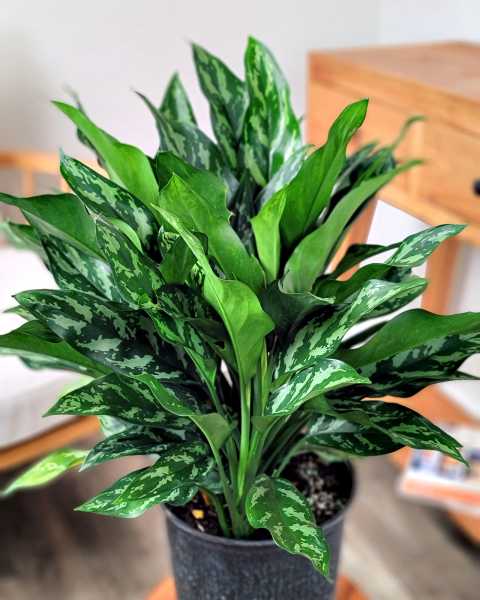
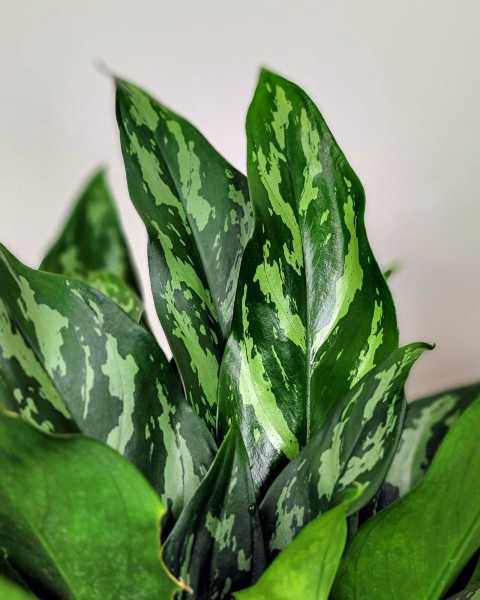
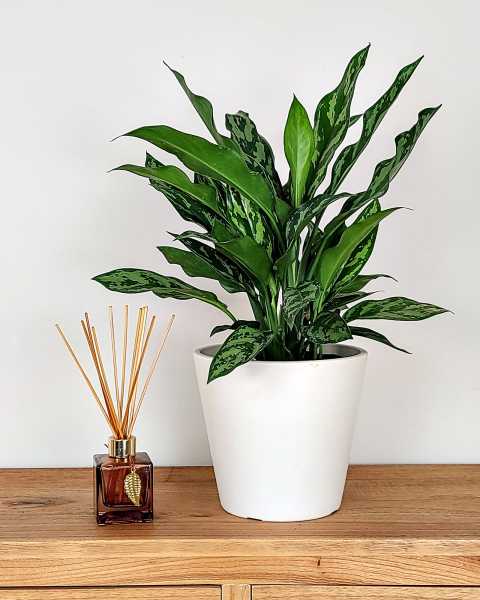
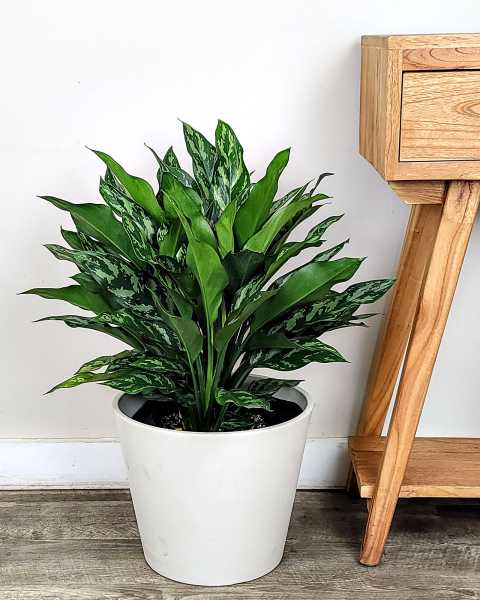






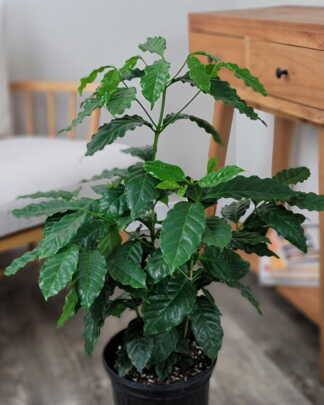
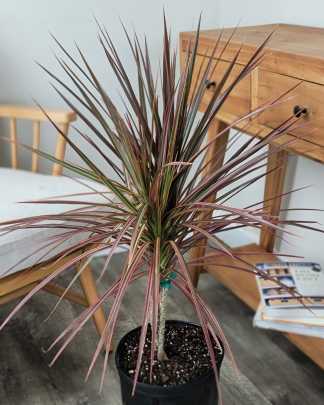
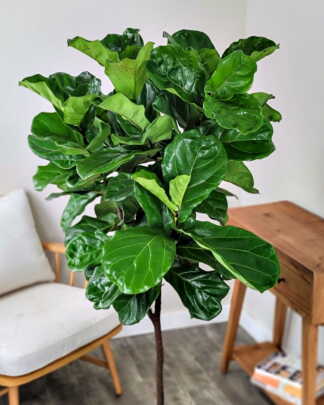
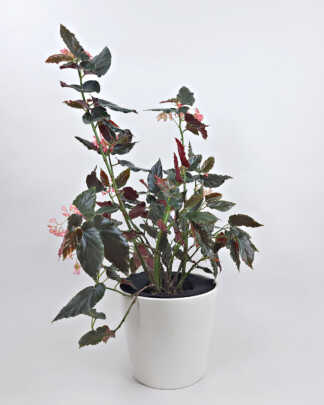
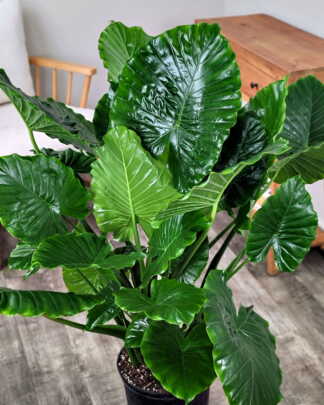


David L. (verified owner) –
anne l. (verified owner) –
You-did very well. Your shipping by FedEx was a lot to be desired. They put off at least 3 times the arrival date on when plant was to arrive at its destination. At least the plant did arrive in good shape. But was so afraid it wouldn’t . Thank you again in prompt responses & explanations.
Chris W. (verified owner) –
Very full and almost zero damage to any leaves — better quality than what you would find at most local nurseries, and the shipping is faster than any other online site I’ve tried.
Ann Young (verified owner) –
Alice L. (verified owner) –
Beautiful and healthy plant! Bushy and lush and brings me so much joy. Love it so much.